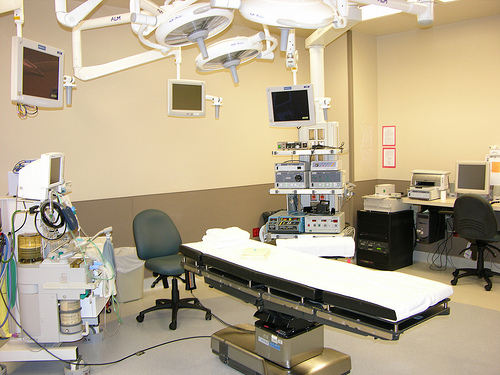EPA Names Houston Hospital as Top Hospital Finisher
 HOUSTON — The Environmental Protection Agency named St. Mark’s Medical Center a Top Hospital Finisher beating out ten other hospitals in its annual Energy Star building competition, which concluded in early November.
HOUSTON — The Environmental Protection Agency named St. Mark’s Medical Center a Top Hospital Finisher beating out ten other hospitals in its annual Energy Star building competition, which concluded in early November.
Hospitals are among the highest consumers of energy among commercial buildings, but the La Grange, Texas, facility still managed to reduce its source energy consumption by nearly 23 percent during the competition, according to Energy Star measurements.
The hospital worked with Houston-based Ridgecrest Energy Advisors, who specializes in reducing energy consumption with operations-based changes rather than capital improvements.
“Energy use reductions came entirely from changing how existing systems were configured and operated,” a statement from the firm said. “Engineers specializing in no-capital-cost energy use reduction performed a thorough analysis of existing systems and their use. Then, it was a matter of fine-tuning these systems to implement what the analysis determined would be necessary.”
Total site energy use was reduced by 35 percent in the first full year after implementation of the changes.
Ridgecrest approached St. Mark’s about reducing their consumption and costs on a shared savings basis.
 “St. Mark’s believed that their facility was operating efficiently, and although they didn’t expect much, saw no harm in having third-party experts perform a detailed energy analysis to see if there were ways to be even more efficient,” the firm reported.
“St. Mark’s believed that their facility was operating efficiently, and although they didn’t expect much, saw no harm in having third-party experts perform a detailed energy analysis to see if there were ways to be even more efficient,” the firm reported.
The analysis resulted in ten energy conservation measures and, with the approval of St. Mark’s CEO Nathan Staggs and the assistance of Mel Burgess, director of facilities management, the measures were implemented and the actual savings exceeded those predicted.
The hospital reported that the long-term benefits of the changes have helped the staff focus on energy efficiency in a more detailed and measurement-driven way, with increased understanding of how the facility uses energy and how their actions impact its usage levels.
“Another benefit is a greatly improved ability to forecast energy consumption for budgeting and procurement,” Ridgecrest officials said. “The competition has also generated a renewed excitement about energy conservation at all levels of the organization.”
The 245 buildings in the competition achieved cost savings totaling $5.2 million annually and prevented greenhouse gas emissions equal to the emissions from the electricity used annually by more than 3,600 homes.
